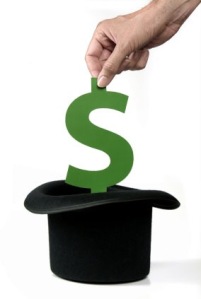 You probably won’t find “sales gimmicks” topping the list of things consumers love most. In many cases, businesses that promise free price quotes or offer deals too good to be true are probably covering some hidden costs or just looking to bait customers. Nevertheless, there are some “good” gimmicks you may want to consider using to promote your products and put potential customers at ease.
You probably won’t find “sales gimmicks” topping the list of things consumers love most. In many cases, businesses that promise free price quotes or offer deals too good to be true are probably covering some hidden costs or just looking to bait customers. Nevertheless, there are some “good” gimmicks you may want to consider using to promote your products and put potential customers at ease.
Here are a five ways to use first-rate gimmicks to help promote and sell your goods.
- Make up a good gimmick if you want to make your business look better. For example, if you are selling chocolate, then you could say that the chocolate releases endorphins in the brain that makes you smarter.
- Come up with a catchy introduction. For example, if you are selling hand-beaded bracelets, you might say, “Welcome to (Your store name), the only place where you can buy quality handmade bracelets locally.”
- Make your customer feel welcome, so that he/she might buy your product.
- Make sure that there is no bad material in edible products that might offend or worry a child’s parent.
- Befriend your customers. This helps generate repeat and referral business.
A few warnings:
- If you are selling edible products, make sure they are not expired. You can do this by checking the expiration date on the container (cake mix, drinks, dry mixes, candy, etc.)
- Make sure any or all edible food products are fresh. If you have frozen products, keep them cool in a refrigerator, the freezer, or a cooler.
- Do not lie about a product or you may be sued for false advertising.
Article excerpt from Wikihow.com




